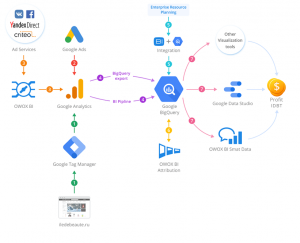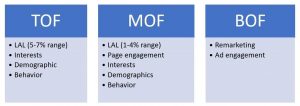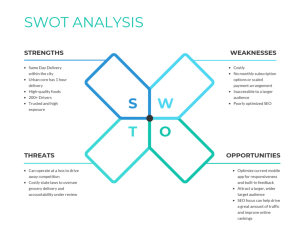In the wake of the recent ANA investigation into media agency transparency, columnist Ratko Vidakovic covers the key findings that marketers must know.

Trust is the foundation of all relationships, particularly those in business. If you didn’t trust your agency or technology partners, you wouldn’t be using them — especially as it relates to your advertising investments. But the old adage, “Trust, but verify,” holds true today, more than ever.
Earlier this month, a damning report — produced by K2 Intelligence on behalf of the Association of National Advertisers (ANA) — uncovered hidden practices within the advertising agency world. These practices involve, among other things, accepting undisclosed rebates from media and tech companies, charging undisclosed markups on media and other conflicts of interest.
While some industry insiders may brush these practices off as common knowledge, I think most marketers would find them unsettling. Given that agencies are supposed to work in the best interest of their clients, news of these practices should be taken seriously, especially at the CMO level.
To summarize these non-transparent practices, let’s begin with the most discussed of them:
Undisclosed rebates from media and technology providers
One of the most concerning practices uncovered in the report was the revelation of undisclosed rebates. Rebates are essentially kickbacks given out by media and tech companies for the purpose of winning and retaining agency business.
Sometimes they are straight cash rebates, as shown in the following diagram taken from the report:

In this first example, the agency receives a cash payment assuming they reach a certain volume of ad spend with the supplier. But the more disturbing example of such rebates is illustrated in the following diagram, which shows a more cunning structure employed by some agencies, seemingly to disguise these kickbacks:

In this second example, agencies receive the kickback indirectly through an entity that they own, either foreign or domestic. Furthermore, the funds are transferred under the auspices of a “service agreement,” in which the agency bills the vendor for services like “planning” and “media coordination.”
According to the report, rebate percentages vary between five percent and 20 percent and are often linked to volume of ad spend. In some cases, agencies even require that such rebate agreements be established before working with media or technology suppliers.
Naturally, this throws into question the objectivity of their media and technology choices.
Agencies acting as principals rather than as agents
It should go without saying, but agencies are supposed to act as agents for their clients. However, the report finds that a pervasive practice among media agencies is to instead act as principals in the purchase of media.
In other words, agencies buy media on behalf of themselves and then allocate the media to the campaigns of their clients. On the surface, this sounds harmless, but it’s an important distinction.

This practice of buying media as a principal is usually done through an entity owned by the agency: the agency trading desk (ATD). This gives agencies the opportunity to mark up the cost of media, typically in an undisclosed manner, before passing the final cost to advertisers.
In some cases, large volumes of media are purchased in advance by agencies to secure substantial discounts. The media is then resold to advertisers with undisclosed markups, which greatly improves agency margins but is essentially a form of arbitrage.
Direction of ad spend to entities owned by the agency
Aside from the agency trading desks, which enable agencies to capture additional margin from advertisers, there is another practice used to further grow agency profits: directing ad spend to agency-owned entities.
It’s no secret that some agencies own media and technology entities. Oftentimes, these assets come through acquisition, but in other cases, agencies (or their parent companies) simply have financial investments in them.

In this practice, agencies have internal mandates to direct ad spend to entities in which the agency has a vested interest. These entities may be technology platforms, media properties or the agency’s trading desk unit. In such cases, the agency benefits, either directly through additional margin or indirectly through the value of their equity stakes.
Moving forward
Agencies play an important role in the marketing world. However, recent revelations of non-transparent practices have placed a dark cloud over the entire industry. Such findings raise obvious questions around objectivity and conflict of interest. But more importantly, they threaten to erode the very trust that marketers place in their agencies.
Moving forward, marketers need to demand that transparency and disclosure be part of the deal when working with agency and technology partners. Without transparency, without the ability to verify that your partners are acting in your best interest, you leave the door open for them to take advantage.
The ANA has stated that they will release “additional guidance around recommended principles, practices and processes for all marketers to consider” later this month.
Some opinions expressed in this article may be those of a guest author and not necessarily Marketing Land. Staff authors are listed here.
Marketing Land – Internet Marketing News, Strategies & Tips
(88)
Report Post








